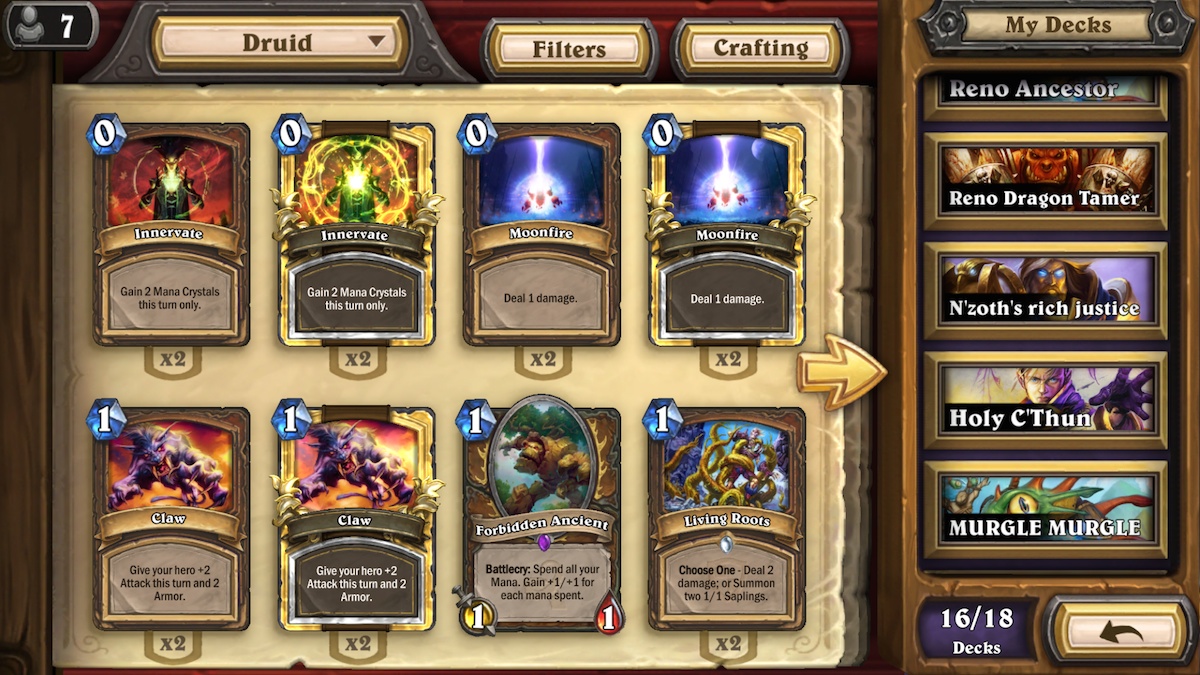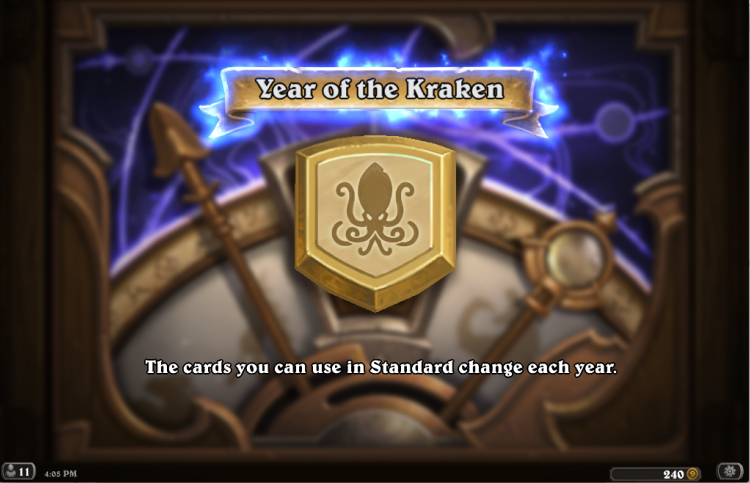We started with that as the design vision, and then when it comes to the engineering side, a lot of the challenge was figuring out how to take our existing internal systems, for example Battle.net, which has only so far existed in the recent past on PC, and now start to extend that over to mobile devices. To do that, we’ve had to do a lot of things like figure out how to integrate with Apple’s systems, with Google’s systems, from a payment standpoint, the way we’re granting product, stuff like that. A lot of custom work goes into making sure we work across all of those. And our team is now set up so that we can support all those in parallel.
Related to the feature parity point, we wanted to make sure that if we were launching a new expansion or a new adventure, it’s available for all three simultaneously. A lot of the coordination that goes on is trying to understand the release implications of releasing on iOS and Android and trying to line everything up so that on one day, everything comes out at the same time.

Above: How Hearthstone’s mobile deck slots and collection look.
GamesBeat: Is this a challenge that your designers and programmers relish?
Chayes: There are days they relish it and days they pull their hair out because of it. It adds a lot more complexity. It also creates a lot more overhead as far as what a release looks like. Our goal with Hearthstone is to release very frequently, have new patches. A good example is Tavern Brawl, which comes out every week. The frequency with which we release new things, combined with the amount of surface area where we’re supporting all these different platforms and approaches, does mean a lot of challenge. I think we have a great team that’s executing amazingly well. The longer we do this, the more confident we feel in our ability to keep doing it more efficiently. Initially it was more challenging. We’re getting our stride a bit more now that we’ve been doing this for over a year.
GamesBeat: For the production side with Whispers of the Old Gods, what was the most difficult challenge you had with making it work on all these platforms, outside of C’thun?
Chayes: Thinking about the expansion itself—there are two ways I can answer that question. One is just the expansion itself, and one is where the expansion sits relative to everything else that’s happening in the game at the same time.
From the expansion itself, our biggest challenge legitimately was that we had too many good ideas. We had a bunch of card ideas that we think are awesome. We put so much into this particular expansion, we felt like we had to take some of the crazy ideas out and save them for future expansions, because there was so much that was already changing with Whispers of the Old Gods itself. We had to figure out how to scope it in a way that made this a great expansion, but at the same time didn’t go so overboard because of some of the other things that were happening at the same time.
The other part of that question is that Whispers of the Old Gods is the first expansion coming out to coincide with the release of formats in Hearthstone. We talked about it this morning, but the separation now between Standard and Wild is coming out with this. There was a lot of production work that went into figuring out the implications of having Standard and Wild overlapping with the release of an expansion at the same time. A lot of that comes down to timing. How do we trigger the release of the expansion as it relates to the release of formats? Is it going to happen the exact same day the formats are available? What are the implications of them happening at the same time? What does it mean for players who come to the game for the first time? Working through all that timeline and making sure that it still makes sense for all of our existing and also our new players was one of the biggest challenges.
Normally, when we release a new card set, the card set comes out, and players have a chance to get a feel for the adventure, the expansion. This time, we had to make sure people not only understood what Whispers of the Old Gods was, but what does that mean for things like Standard mode and Wild mode? How does this new expansion relate to both of those? I think that’ll be easier in future releases. By that point people will have a better sense of what each mode means.
GamesBeat: It would have been easier to just release the formats and then the expansion, or vice versa. Why do it all in the same window?
Chayes: If we released the new formats before any new card content came out, then we think that for Standard mode, it wouldn’t be as exciting to build your new decks. You’d basically be having just a subset of all the cards that were already available. You’d be taking all of your existing decks and taking some of the cards out. That’s a downside of doing the formats first and the expansion later. Now let’s say we go the other way, do the expansion first. The problem there is, people will have built all their decks with Whispers of the Old Gods, plus intermixing a bunch of the Wild cards. By the time the formats come around, the decks will already be built, and so getting people to go through the process of re-creating their Standard decks and pulling out those cards also felt like a bad experience. We felt like the best possible way to do this was to release the formats and the expansions at the same time. Not only is everybody excited that all these new cards are available, but they can also use those new cards to make new decks in this new Standard format for the very first time.
GamesBeat: Even if it was harder for you.
Chayes: It definitely created more challenges, for sure. That was a cost we paid. But we felt like it was the right thing to do for the game.
VentureBeat's mission is to be a digital town square for technical decision-makers to gain knowledge about transformative enterprise technology and transact. Learn More

